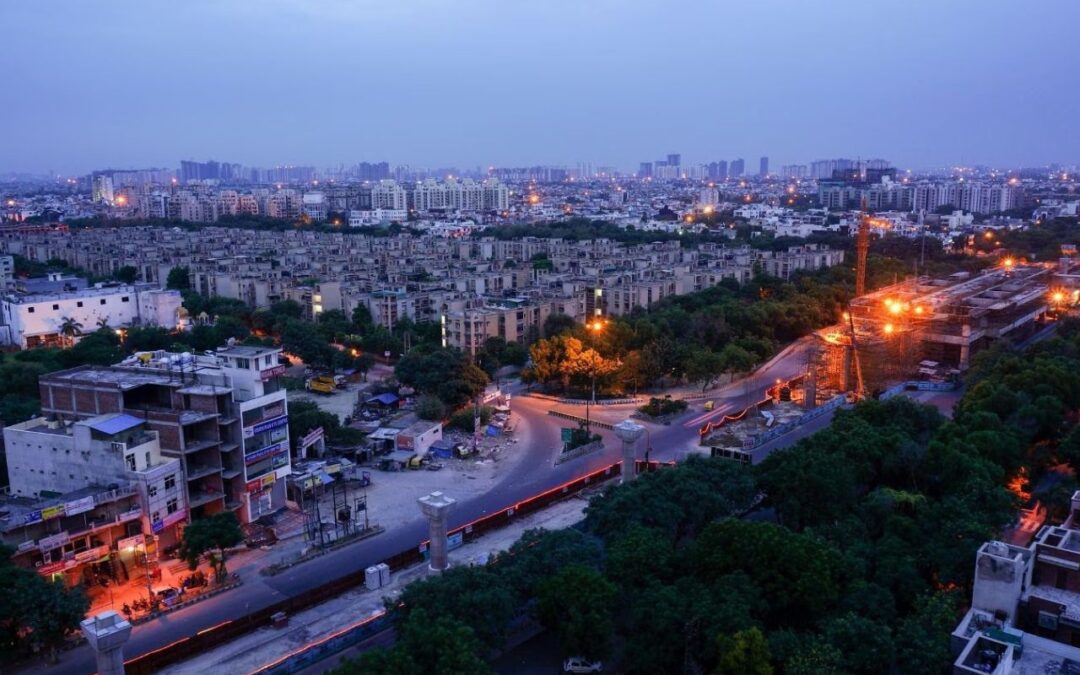Synopsis: This article lists the top ten Indian districts by GDP per capita according to the Economic Survey 2024-25 and assesses each of them as to what has made them rich in terms of geography, industry, services, policy, and history.
Have you ever thought of those districts that shoot up quickly due to technology, recreation, industry, or good governance blows? What do the skyscrapers look like in 2025? What districts have such a great GDP per head as to drag miles ahead of their neighbours? As of the latest data (Economic Survey 2024-25), we use today a list of the top-10 richest districts (GDP per capita) in India. But what exactly is encompassed in the term richest in terms of numeric values, population size, industrial balance, and troubles?
What Makes these Districts Rank so High?
- Proximity to Growth Hubs and Metros.
- Sectoral Specialisation (IT, Tourism, Finance, etc.)
- Good Infrastructure and connectivity.
- Talent magnetism and Skilled Workforce.
- Policy & Investment Support
- Population Advantage
1. Rangareddy (Telangana)
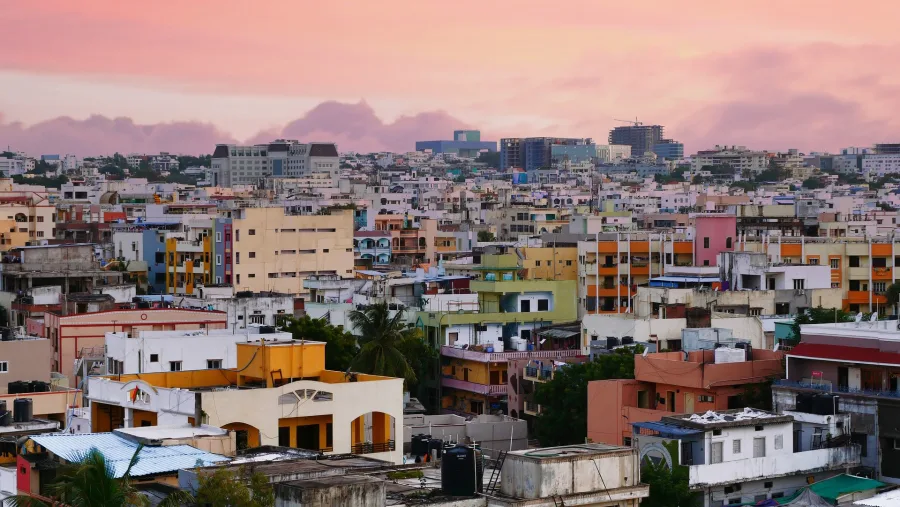
GDP per Capita: ₹11.46 lakh
Having been considered the backyard of Hyderabad, Rangareddy has developed into an IT hub, a pharma hub, and a start-up powerhouse. Its development history is that of spillover prosperity – the district has prospered because it has accepted the spirit of the city but retained its identity. Wealth in this case,e is like a tide coming up and covering all urban skylines as well as semi-rural scenery.
2. Gurugram (Haryana)
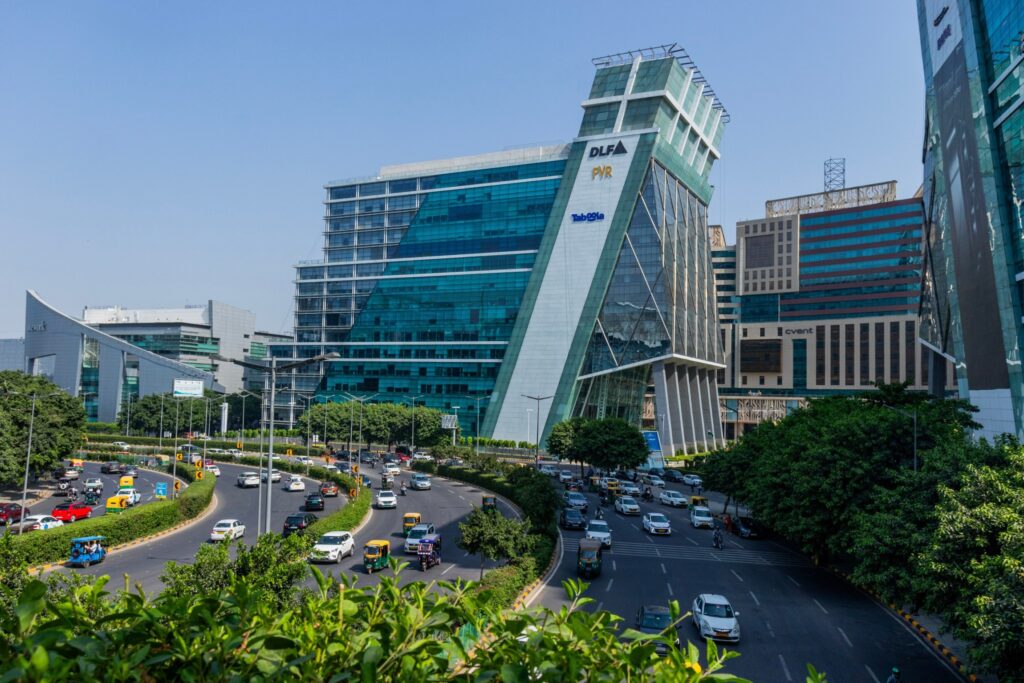
GDP per Capita: ₹9.05 lakh
Gurugram is a symbol of India’s jump into the world of services, evidenced by dusty fields and shining glass towers. It is now the poster child of aspirational wealth by multinationals, start-ups, and bubbling nightlife. However, the ancient villages embedded in the blocks of cyber-cities make us remember their fast, disproportional change.
3. Bengaluru-Urban (Karnataka)
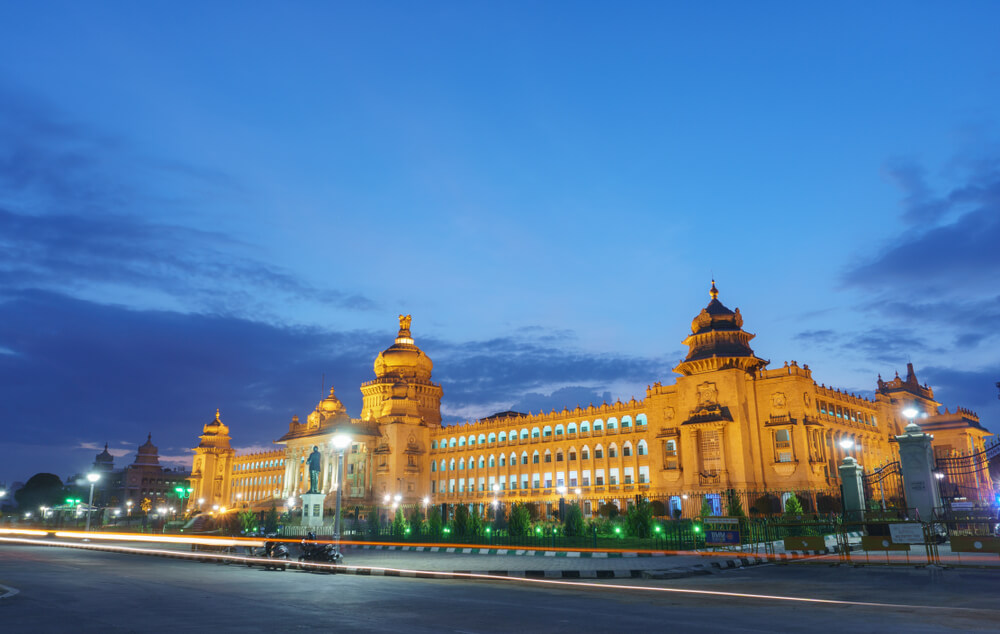
GDP per Capita: ₹8.93 lakh
Bengaluru-Urban, or what is also known as the Silicon Valley in India, is an area where there is coding, coffee, and chaos everywhere. It has a boom in its GDP due to its tech exports, but it is also a booming ecosystem of education, biotech, and start-ups. The city testifies to the fact that where talent and infrastructure collide, creativity and commerce can co-exist.
Also read: Top 10 Indian States Contributing the Most to GST Revenue 2025
4. Gautam Buddha Nagar (Noida, Uttar Pradesh)
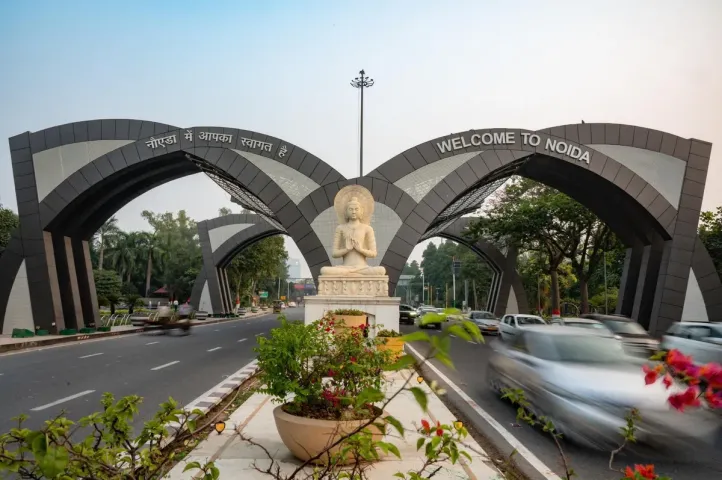
GDP per Capita: ₹8.48 lakh
Noida is a planned urbanisation experiment by India to build high-rise apartments, wide roads, and industrial areas. Its proximity to Delhi has caused it to be a hub of IT companies, real estate, and media houses.
5. Solan (Himachal Pradesh)
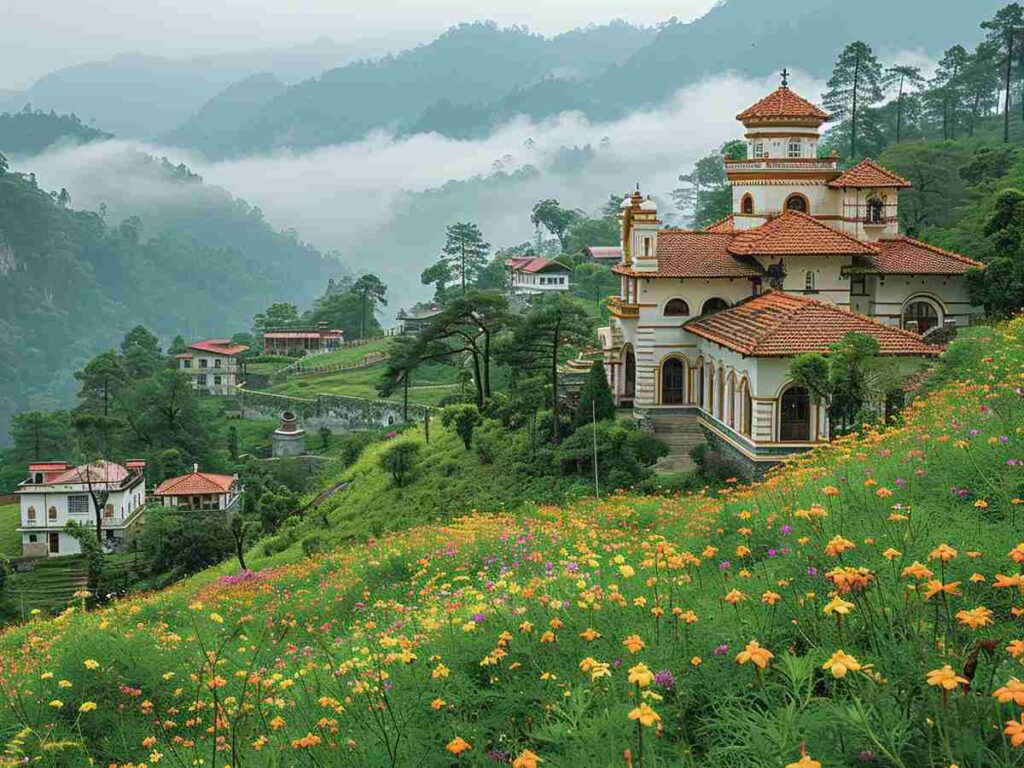
GDP per Capita: ₹8.10 lakh
Located in the hills, Solan is a punch above its weight with regard to its GDP. It hosts successful pharma and food-processing sectors, and thus it serves as an industrial treasure mixed within the Himalayan peace. It has a plot that demonstrates how economic power may arise in unpromising landscapes when industry comes in contact with natural beauty.
6. North & South Goa (Goa)
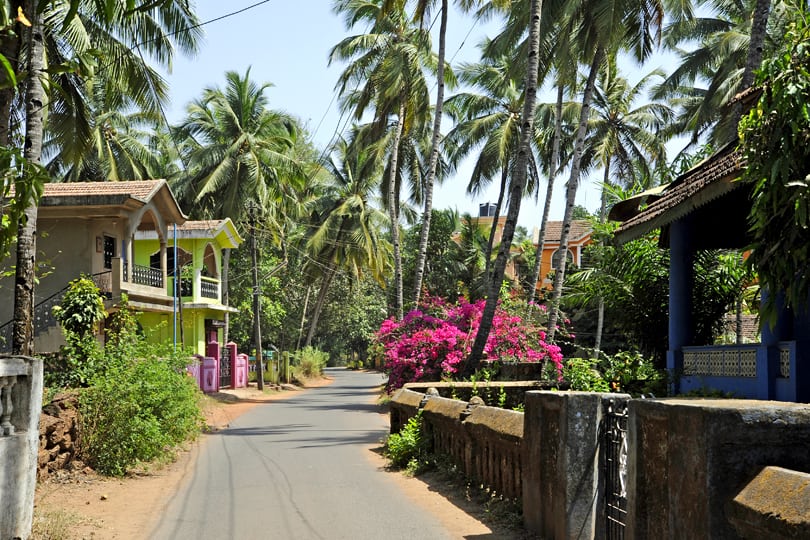
GDP per Capita: ₹7.63 lakh
Tourism and beaches are not the only highlights, but a lifestyle economy, based on remittances, hospitality, and mining, drives the districts of Goa. They are small yet rich in per capita output, which shows that quality can supersede quantity. Prosperity here is in its easygoing smile of susegad, and tallying its gains.
7. The Districts of Sikkim (Gangtok, Namchi, Mangan, Gyalshing)
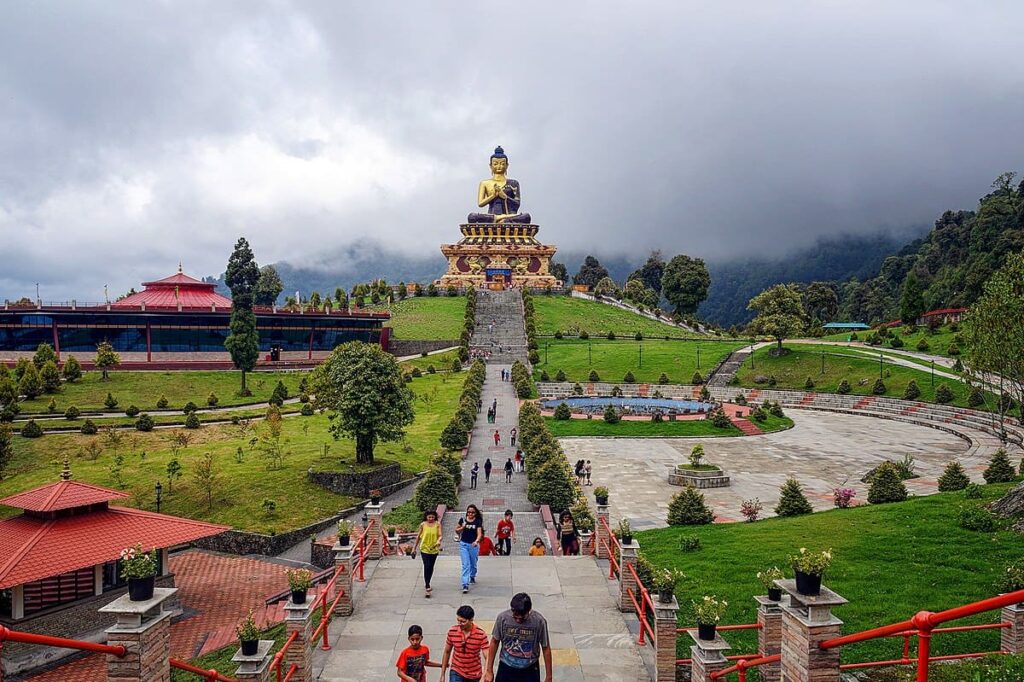
GDP per Capita: ₹7.46 lakh
The districts of Sikkim survive on eco-tourism, organic food, and hydro-power – a mixture of nature and business. The small sizes of the population make its per capita income seem enviable, but it is the fact that growth is in harmony with its surroundings. It is a chimerical case of having rich and green, still, and balanced.
Conclusion
After all, the journey is not merely about those who are on top today but what districts can be on top tomorrow – and whether India can have that prosperity illuminating more of her map than merely the tops of the highest spots.
Written By Vijetha Gosi


